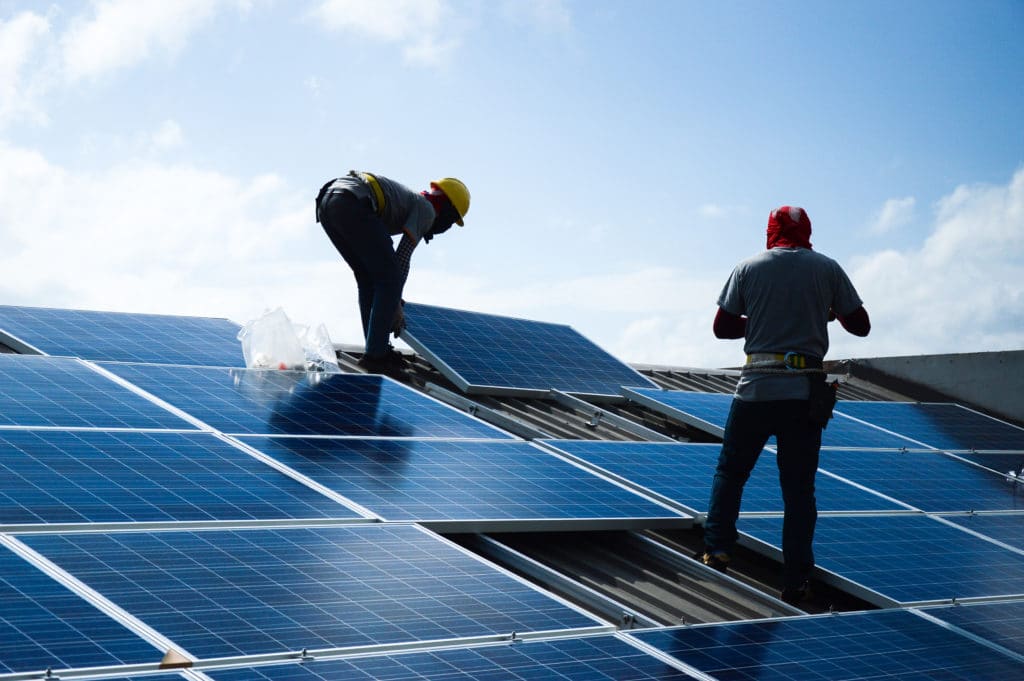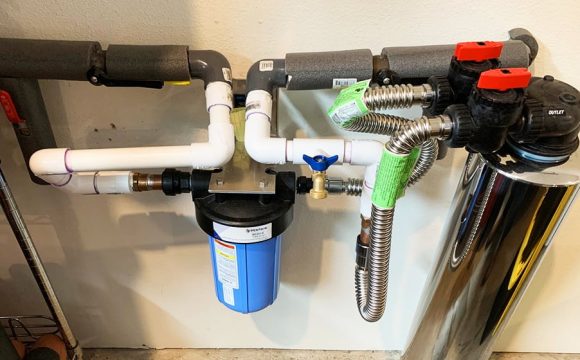If you’re planning to sell your home soon, you may want to remove solar panels from your home. This may also be the case if you’re moving. Regardless of the reason, finding information about the removal and installation of solar panels can be difficult.
Time Frame
The time frame for solar panel removal and installation depends on the size of your solar system and the type of roof. Typically, it takes one day to remove the panels and a few days to install them. However, if there are repairs that must be performed during the installation, it may take longer. Communication between the solar installation company and the homeowner will help them determine a realistic timeframe.
Once a contract is signed, the solar installer will schedule your installation. While some solar companies have several crews and can install your panels quickly, others may be backed up by higher volume installations. Therefore, if you’re in a tight timeframe, it is best to schedule your installation as early as possible.
Costs Of Solar Panel Removal
Considering a solar energy system, comparing costs is essential before you sign on the dotted line. Most solar companies require a minimum of six solar panels to install on your roof. However, you can find companies that bypass this requirement. In addition, these companies must also obtain permits. Remember that solar panel installation costs do not include roof repairs, decking, or underlayment costs.
Additionally, this estimate does not include the costs of transporting the solar panels to a new home. You may often need to remove the solar panels for some reason. For example, you’re preparing to sell your home, or you may have gotten them damaged in some way. If this is the case, it’s essential to learn about the costs involved in removing and reinstalling your solar panels. However, finding information on these costs can be challenging.
Removing solar panels from your roof is a big job. The meetings are heavy and difficult to move and must be handled with care. In addition, the removal and installation of these panels require a building permit. It’s important to remember that you must have at least six panels for the permit to be issued. Unfortunately, solar companies that aren’t aware of the rules can sometimes overlook this number.
Permits
Before you begin your solar panel installation project, you should get a permit from your local government. Many jurisdictions require that you submit full plans and signed engineering drawings. Other jurisdictions are moving toward streamlined permitting processes. In Wyoming, for example, homeowners must complete an application that includes basic information about their home and solar panel system. Additionally, they must pay a building permit fee. If you plan to hire a solar installer, you can include this fee in the total cost of the installation.
Before applying for a solar permit, ensure you know the building code and the types of materials allowed. In many cases, getting a structural engineer’s approval is necessary. Alternatively, you can contact a solar installation company to help you fill out the necessary forms. Permits for solar panel removal and installation are essential for safety reasons and to ensure that the panels will be installed safely. While the process may be complicated, an experienced solar energy company can help you navigate the process and get the permits you need.
Safety Concerns
Safety is of utmost importance when removing and installing solar panels. This task requires the use of insulated tools and protective clothing. It is also essential to avoid wearing any conductive items, such as jewelry. It is also essential to check the solar panels for any damage before flipping the switch. Damaged components or wiring can lead to fires or other damage to the plant. Inexperienced installers may not realize that the main breaker will shut off the utility power before they start working. They might also not realize that this doesn’t stop the solar system from producing power. For this reason, it is crucial to use protective gear and wrap the solar panels in opaque material until the last moment. It is also vital to ensure that the panels are not touched during installation, especially when exposed to light.








